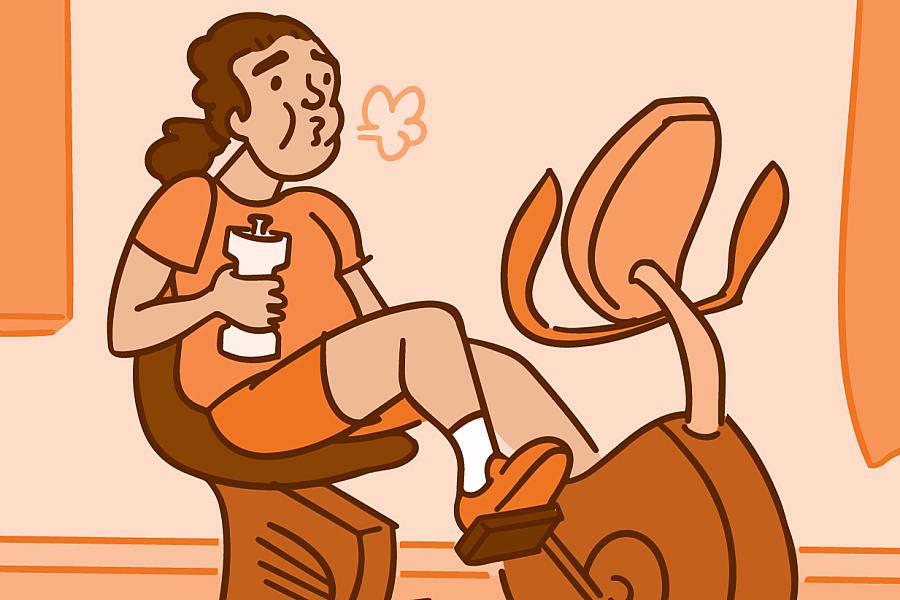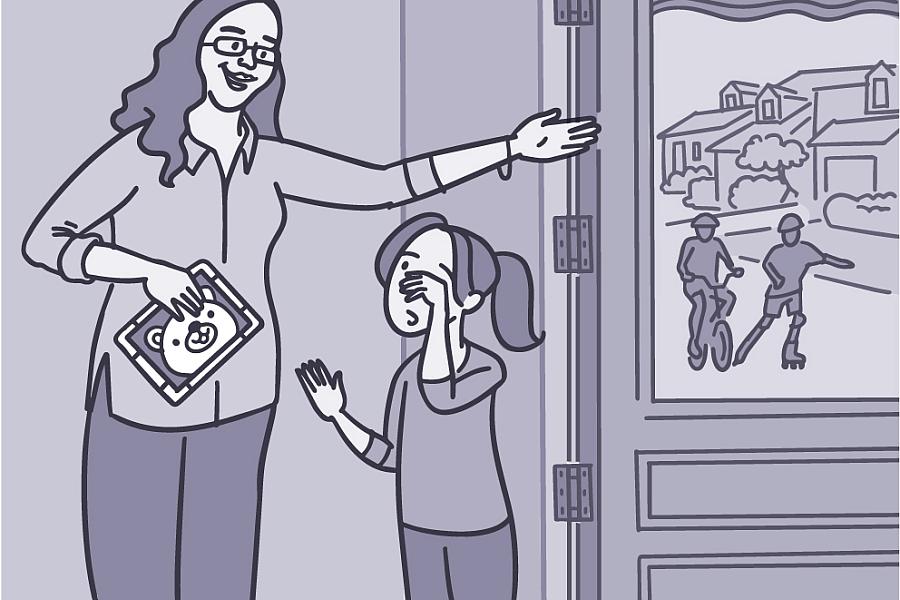Health Capsule
Mental Disorders in Youth
About half of American children and teenagers who have certain mental disorders don’t receive professional services, according to a new study.
Researchers interviewed over 3,000 children and adolescents, ages 8 to 15. Parents or caregivers also provided information about the children’s mental health and what treatment, if any, they were receiving. The researchers tracked 6 mental disorders—generalized anxiety disorder, panic disorder, eating disorders (anorexia and bulimia), depression, attention deficit hyperactivity disorder (ADHD) and conduct disorder.
Overall, 13% of the youth had signs of at least 1 of the 6 mental disorders within the last year. About 1.8% had more than one disorder, usually a combination of ADHD and conduct disorder. ADHD was the most common (8.6%), with depression second most common (3.7%).
Overall, 55% of those with a disorder had consulted with a mental health professional. African-Americans and Mexican-Americans were significantly less likely to seek treatment than whites, however. The researchers say this highlights the need to identify and remove barriers to treatment for minority youth.
“The data will provide a valuable basis for making decisions about health care for American youth,” says lead author Dr. Kathleen Merikangas of NIH.
NIH Office of Communications and Public Liaison
Building 31, Room 5B52
Bethesda, MD 20892-2094
nihnewsinhealth@od.nih.gov
Tel: 301-451-8224
Editor:
Harrison Wein, Ph.D.
Managing Editor:
Tianna Hicklin, Ph.D.
Illustrator:
Alan Defibaugh
Attention Editors: Reprint our articles and illustrations in your own publication. Our material is not copyrighted. Please acknowledge NIH News in Health as the source and send us a copy.
For more consumer health news and information, visit health.nih.gov.
For wellness toolkits, visit www.nih.gov/wellnesstoolkits.




